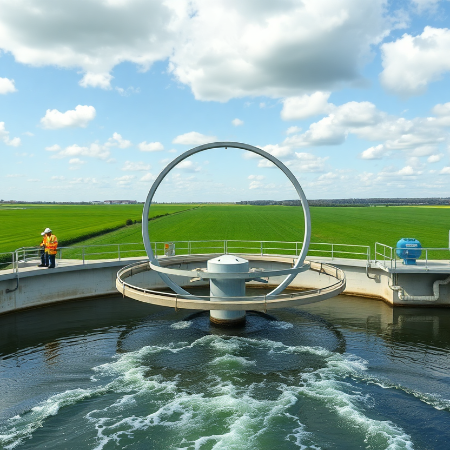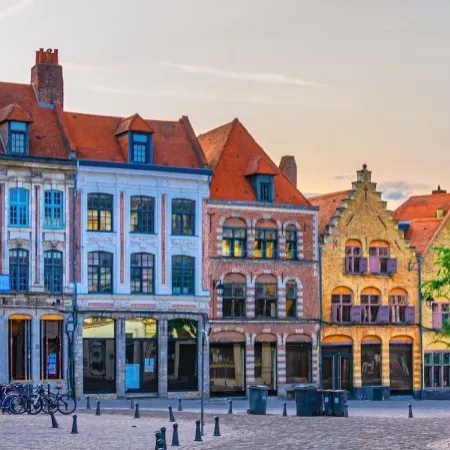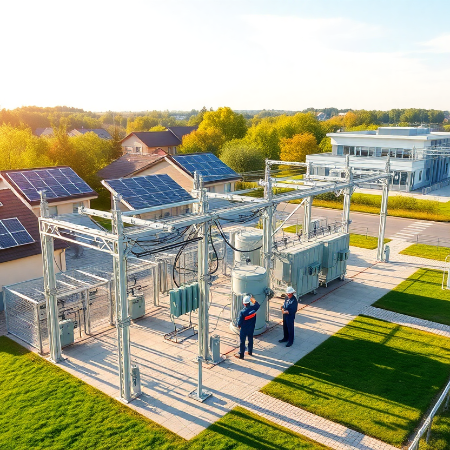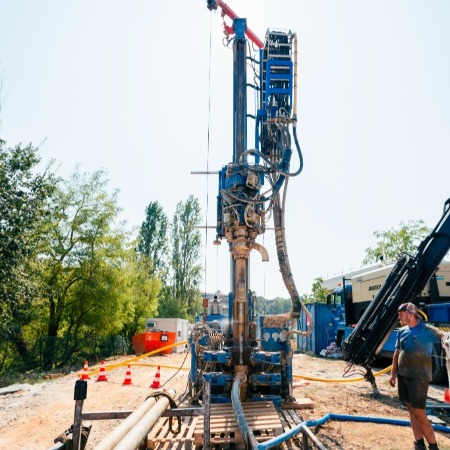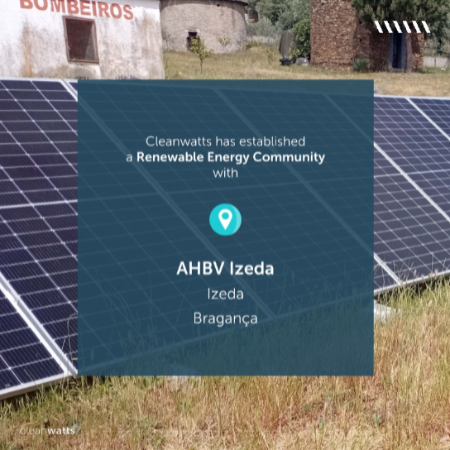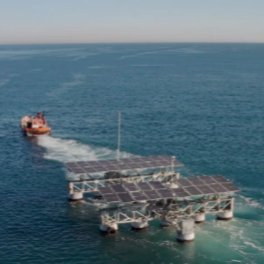01. Definition
What is the energy crisis?
In recent years, many scientists have raised their voice to warn about climate change, caused notably by the burning of oil and coal in order to produce energy.
Solutions to the energy crisis
Over the last two centuries, energy needs have skyrocketed dramatically, especially because of the transportation and industry sectors. However, fossil fuel are polluting and their reserves are limited. We know today that these resources are close to exhaustion and our societies are facing a major challenge: the energy crisis.
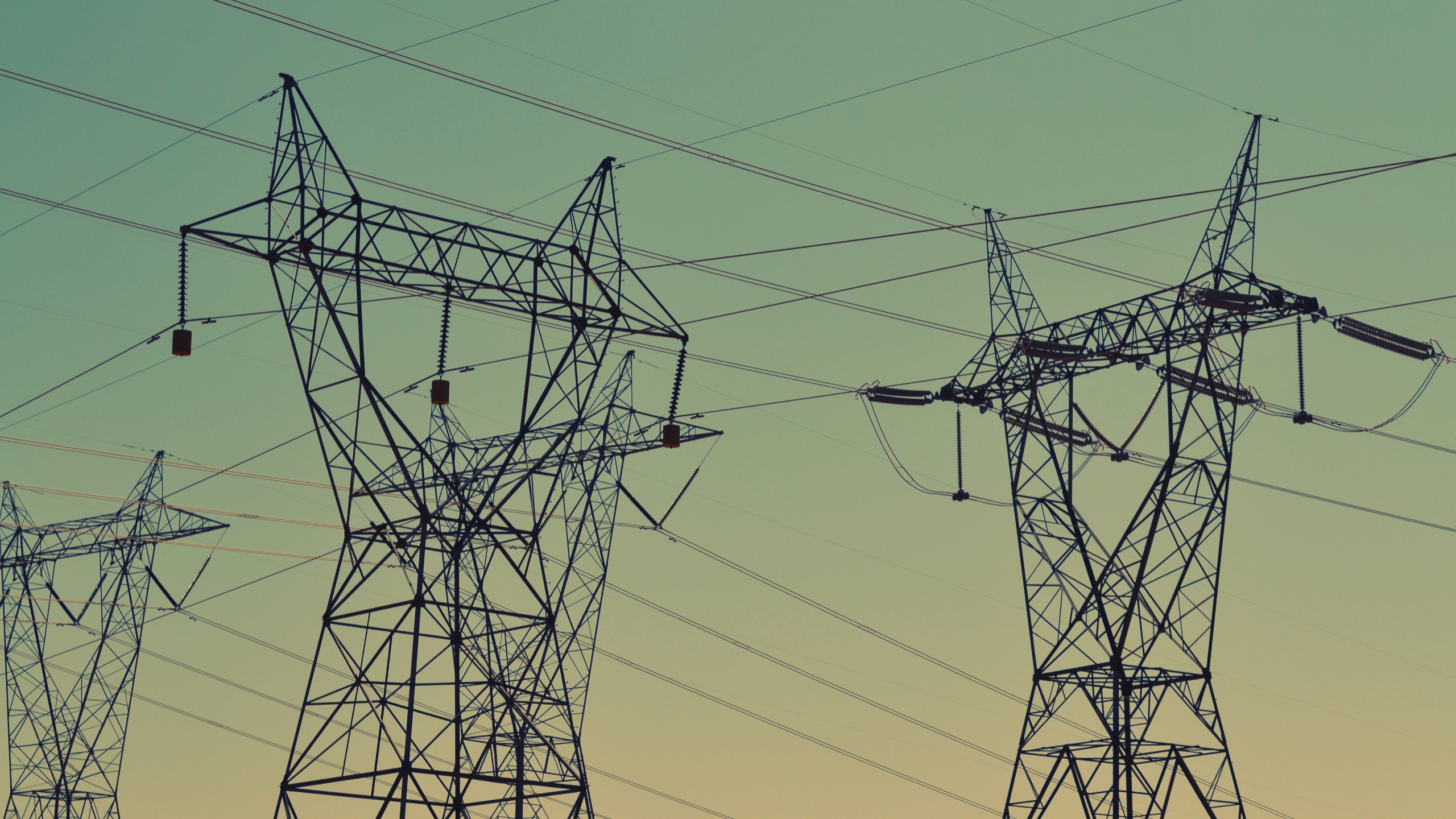

01. Definition

02. Causes
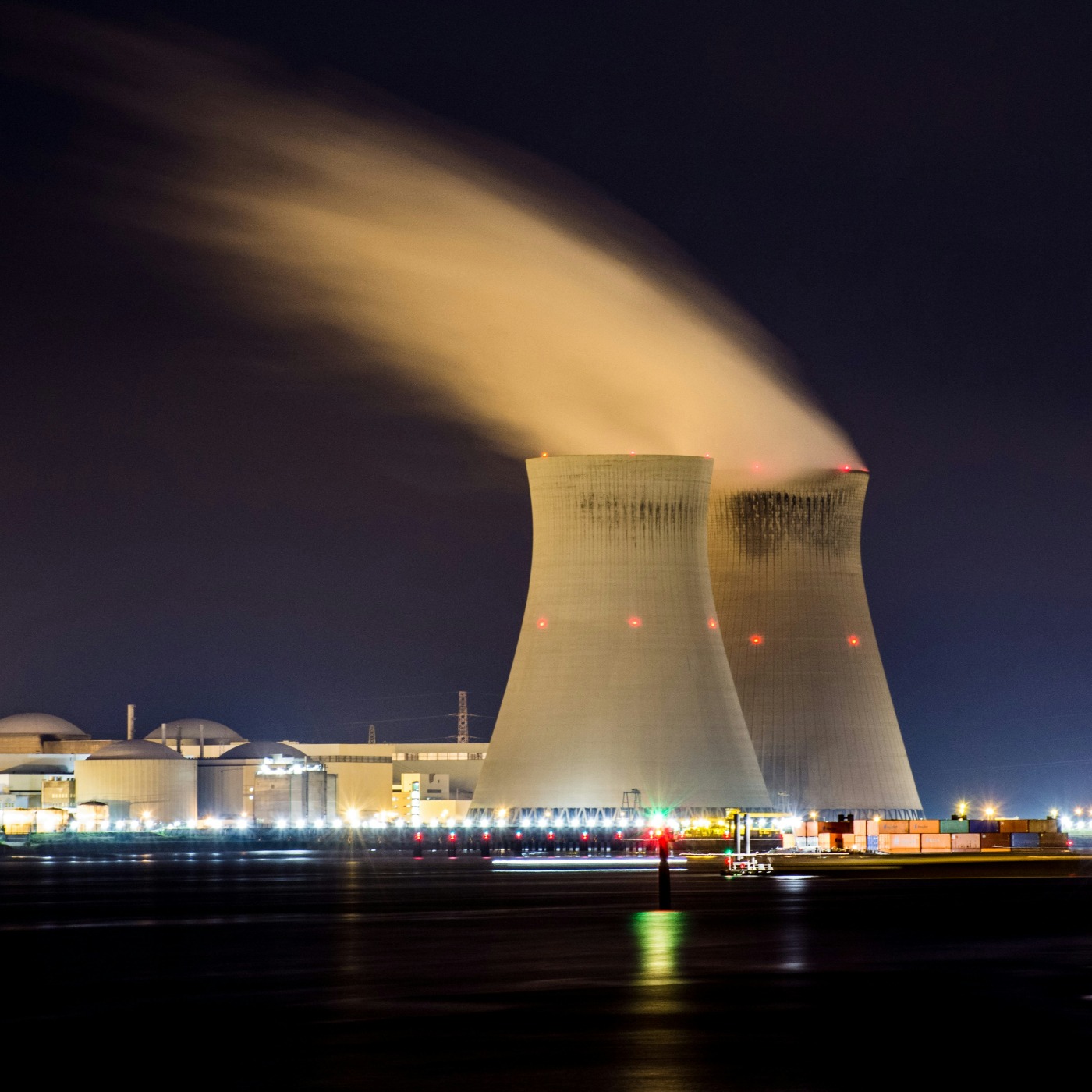
03. Impacts
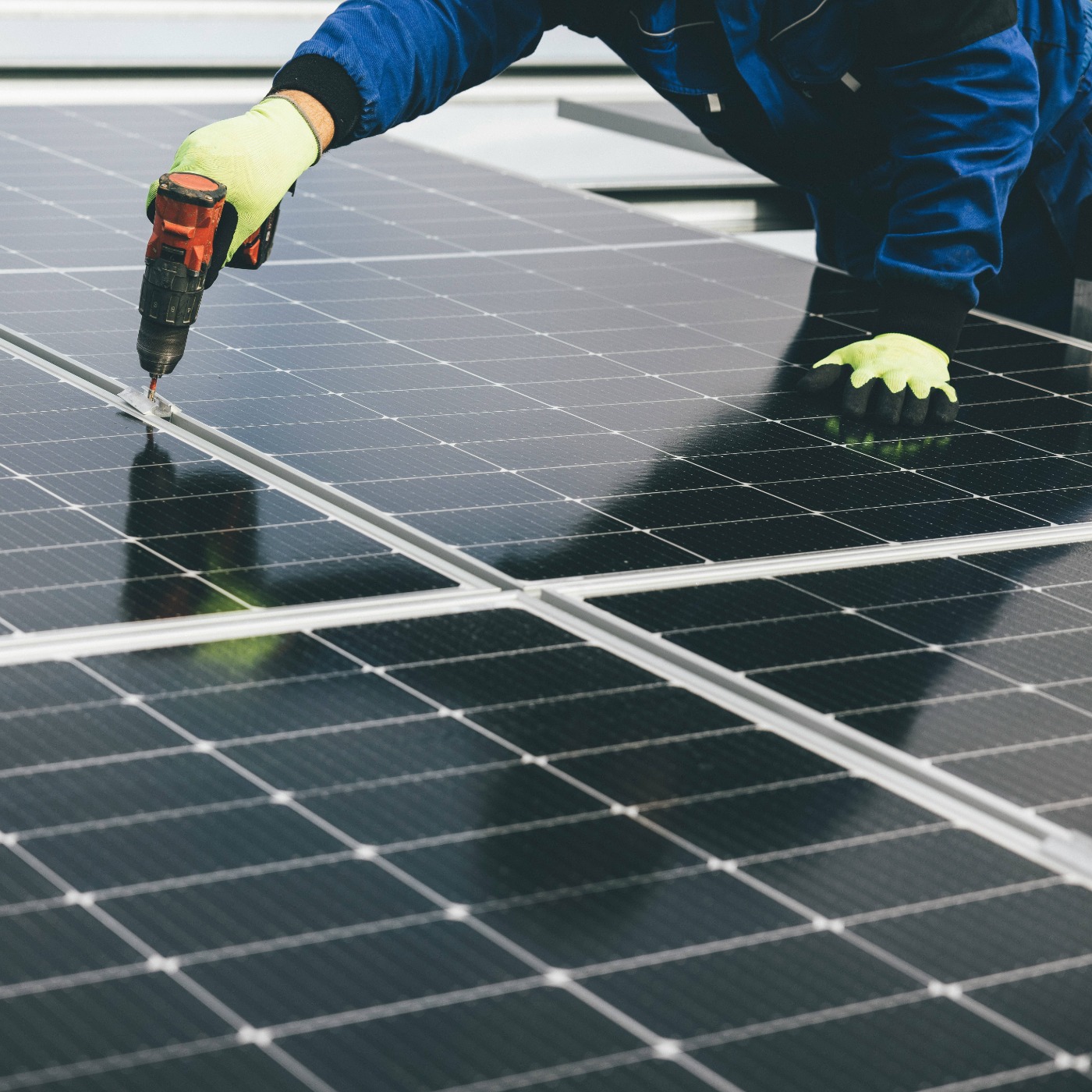
04. Solutions
05. Implementations
Kheoos Market by kheoos implemented by Michelin in Clermont-Ferrand (France) in 2021
Photovoltaics 4.0 by Clever Solar Devices implemented by IGNIS in Escatron (Spain) in 2022
Speed-O-Clar by Densiline implemented by Agglomération du Bocage Bressuirais in Bressuire (France) in 2022
CoolRoof by Cool Roof France implemented by Brico Dépôt in Brive-la-Gaillarde (France) in 2021
CoolRoof by Cool Roof France implemented by Pullman Dakar Teranga Hotel in Dakar (Senegal) in 2021
SFERENO PRO by SFERENO implemented by City of Lille in Lille (France) in 2019
CarbonLnk by Lnk Technologies implemented by City & Provincial Properties in London (United Kingdom) in 2024
Autonomous Lighting System by LEDCity AG implemented by SBB in Bern (Switzerland) in 2021
GridCal by PSInsight GmbH implemented by NGN Netzgesellschaft Niederrhein Mbh in Krefeld, Straelen, and Wachtendonk (Germany) in 2020
Hydrogen electric powertrain for aviation by ZeroAvia implemented by Royal Schiphol Group in Rotterdam (Netherlands) in 2021
Géostockage by ACCENTA implemented by Airbus in Toulouse-Blagnac (France) in 2019
Géostockage by ACCENTA implemented by Prologis in Moissy-Cramayel (France) in 2023
Micro Hydro Turbine by POWERTURBINES implemented by Aqualia in Merida (Spain) in 2024
Kiplo Energy Communities by Cleanwatts implemented by Izeda’s Fire Brigade in Bragança (Portugal) in 2024
Offshore Floating Solar Units by SolarinBlue implemented by Port de Sète in Sète (France) in 2023
Penny mobility app by penny implemented by Thessaloniki City in Thessaloniki (Greece) in 2024

06. Conclusion


